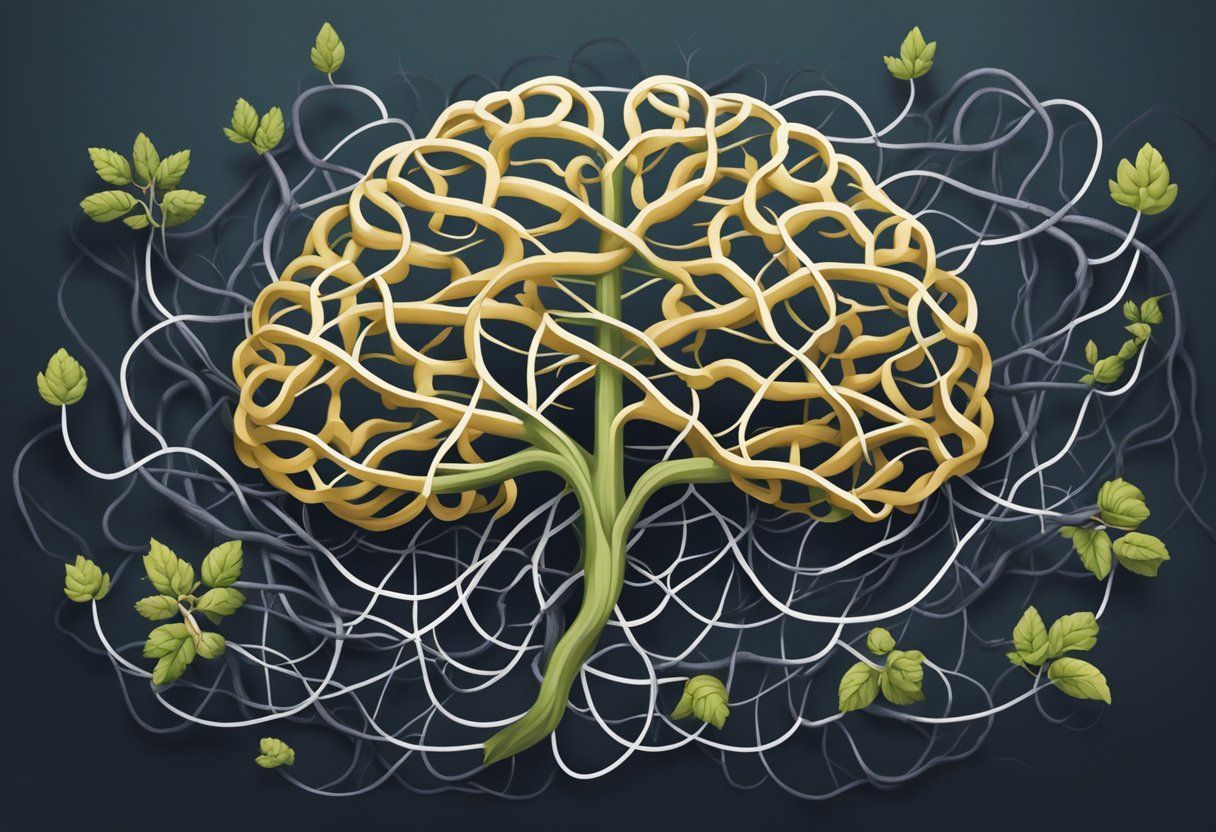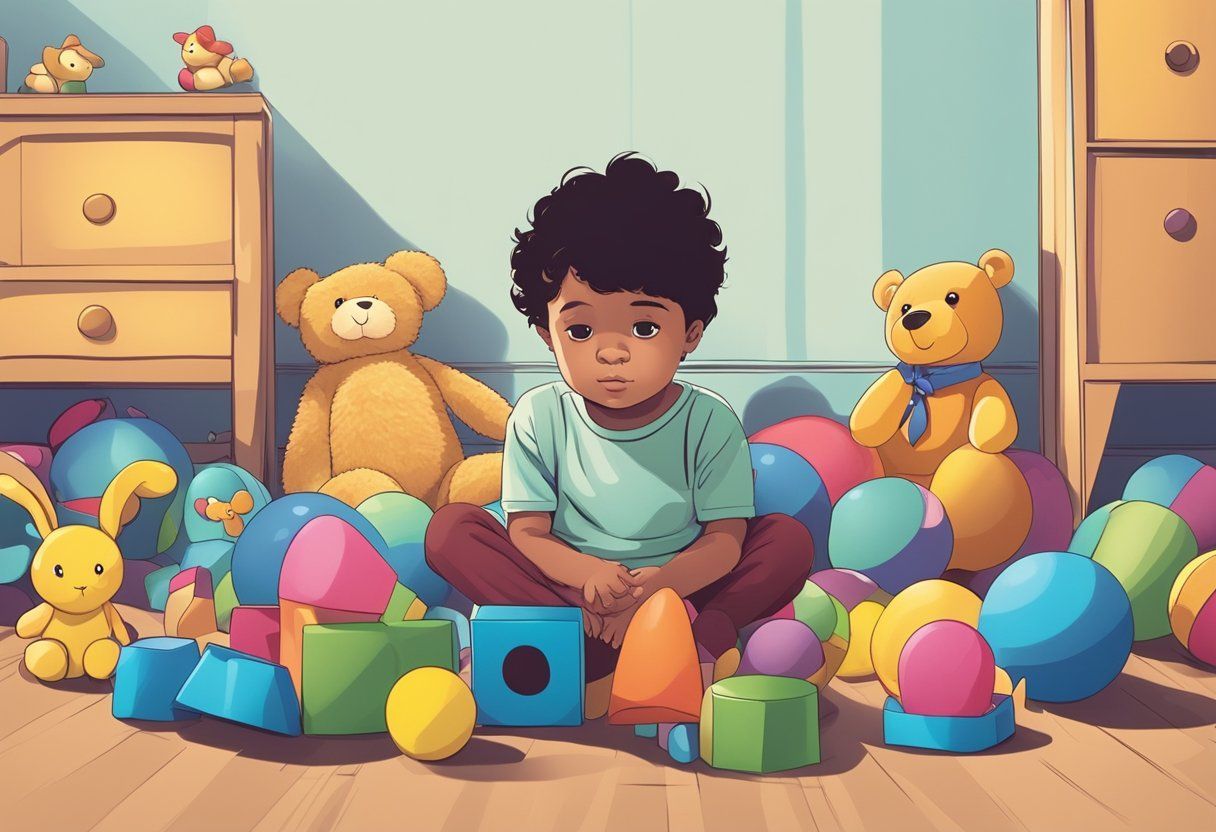April 22, 2025
A Closer Look at AAP—Through the Lens of Healing and Support The Adoption Assistance Program isn’t just about financial support—it’s about creating pathways to healing. It’s designed to remove some of the practical barriers that can get in the way of children finding permanent, loving homes. But let’s be clear: this isn’t a handout. It’s a hand-up—for families who are opening their hearts to children who’ve come from hard places. Why AAP Matters Every child deserves the chance to feel safe, to be seen, and to belong. For many children in foster care, trauma, loss, and disrupted attachments are part of their journey. That’s real. The AAP steps in to offer not just financial support, but medical coverage too—because healing takes time, and it takes resources. And sometimes, families need more than just traditional support—they need a team, a village. That’s where Wraparound Services come in. These services create a coordinated plan of care tailored specifically to the needs of the child and the family. It’s about bringing everyone to the table—therapists, teachers, caseworkers, mentors—so the family doesn’t have to carry the weight alone. AAP, when partnered with wraparound approaches, becomes a powerful framework for sustainable, long-term healing. This program exists to support adoptive parents in doing the most important work there is—parenting with love, patience, and understanding, even when the road is rough. Especially then. Who Qualifies? AAP typically focuses on children who’ve been labeled “special needs,” but let’s unpack that a bit. We’re not just talking about medical diagnoses. Special needs can include kids who are older, part of a sibling group, or from racial or ethnic backgrounds that have historically made placement more difficult. These are children who’ve experienced layers of stress and trauma, and they need homes that can meet them where they are. This isn’t about what's “wrong” with the child—it’s about recognizing the impact of their experiences and making sure families have the support to respond with love rather than fear. The Role of Agencies—Public and Private Public child welfare agencies, usually operated by the state, are the primary decision-makers when it comes to AAP eligibility. They assess the child’s history and needs—emotional, physical, developmental—and determine the support required. They’re also responsible for distributing the actual benefits. Private agencies? They’re often the bridge. They help match families with children, walk alongside adoptive parents, and support them through the paperwork and processes. They may not control the funding, but they play a vital role in ensuring the connection between family and child is rooted in understanding. Who’s Eligible for Adoption Assistance? Let’s Look Beyond the Paperwork Understanding What It Really Means to Qualify for AAP When we talk about eligibility for the Adoption Assistance Program (AAP), we’re not just checking off boxes. We’re talking about real children—children who’ve faced uncertainty, trauma, and disruption. And we’re talking about families who are saying yes to the hard work of love, healing, and commitment. The guidelines matter, yes. But what’s more important is why they exist: to make sure no family ever has to say “no” to a child simply because the support wasn’t there. What Does “Special Needs” Really Mean? In the AAP world, “special needs” isn’t a label—it’s a lens. It’s a way of acknowledging the extra layers a child might carry. Maybe it’s a medical diagnosis, or a developmental delay. Maybe it’s being part of a sibling group, or an older child who’s been in foster care for years. These aren’t shortcomings. These are signals that a child has walked a tougher road—and that they’ll need extra support to truly settle into a forever home. In tribal customary adoptions, we honor the cultural roots of Native children, recognizing that “special needs” must be defined through the lens of their community and traditions. And for kids who are part of the juvenile court system, maintaining eligibility means making sure their support doesn’t end just because their paperwork status changes. Every Story is Unique—So is Eligibility Not all adoptions look the same. Some children come from foster care, others from kinship placements. Some are being adopted as nonminor dependents—older teens who still need connection and support, even if they’re close to adulthood. The type of adoption, the child’s age, the prior relationship to the family—all of these influence eligibility for federal or state AAP support. And we can’t forget: the kind of placement a child is coming from—whether foster care or otherwise—can also open or close doors to benefits. This isn’t just policy. This is about whether we set families up to thrive. Let’s Talk About Money—Because That Matters Too Now, income. It’s a tricky subject. Here’s what you need to know: income might affect the amount of support you receive, but it doesn’t usually determine whether you’re eligible in the first place. The system isn’t trying to punish families for what they have or don’t have—it’s trying to make sure the child’s needs are met without putting that weight entirely on your shoulders. And foster care maintenance payments? They often help determine what kind of support you’ll receive through AAP. The goal here is sustainability. We want this to be a journey you can walk with confidence, not fear. Bottom Line: It’s Not Just About Checking Boxes Behind every eligibility guideline is a child—and a family stepping into a sacred responsibility. Understanding the criteria is important, but don’t lose sight of the heart behind it. This is about building safe, loving homes where healing is possible. The AAP is one piece of that puzzle. And together, we can put the whole picture together. How the Adoption Assistance Process Unfolds: A Journey, Not Just a Checklist








